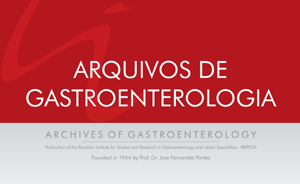RACIONAL: A doença de refluxo gastroesofágico é uma patologia de elevada prevalência, variando entre 21% e 56% em diferentes países. OBJETIVO: Estudar a epidemiologia e a prevalência da doença de refluxo gastroesofágico na população adulta (20 anos ou mais de idade) da cidade de Pelotas, RS. METODOLOGIA: Estudo transversal de base populacional, com entrevistas domiciliares entre outubro de 1999 e janeiro de 2000. Analisou-se por regressão logística a associação da doença de refluxo gastroesofágico com idade, sexo, cor da pele, escolaridade, renda per capita, estado civil, variáveis emocionais (insônia, eventos estressantes negativos e mal-estar psicológico), índice de massa corporal, tabagismo e consumo semanal de bebidas alcoólicas. RESULTADOS: Foram entrevistados 3.934 indivíduos, encontrando-se prevalência de 31,3% (IC 95% 29,9% - 32,8%). Após análise ajustada para controle de confusão encontrou-se associado com a doença de refluxo gastroesofágico o sexo feminino, viver sem companheiro(a), baixa escolaridade, presença de insônia, baixos índices de bem-estar psicológico, ocorrência de eventos estressantes e obesidade ou sobrepeso. CONCLUSÃO: A doença de refluxo gastroesofágico é uma patologia de elevada prevalência na população estudada, sendo o sexo, as variáveis antropométricas e as características emocionais, seus principais fatores associados.
Refluxo gastroesofágico; Prevalência; Fatores de risco



